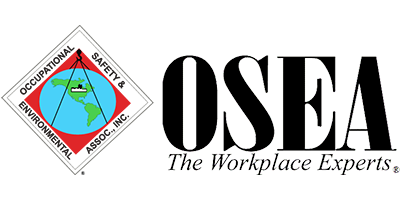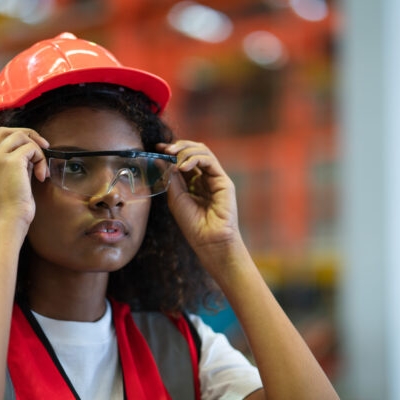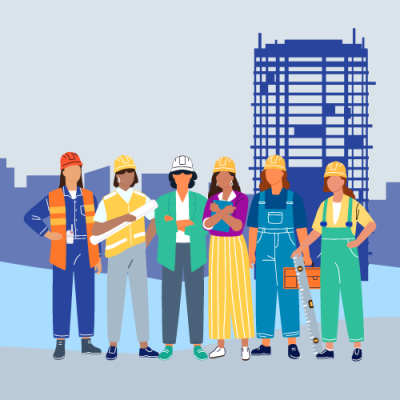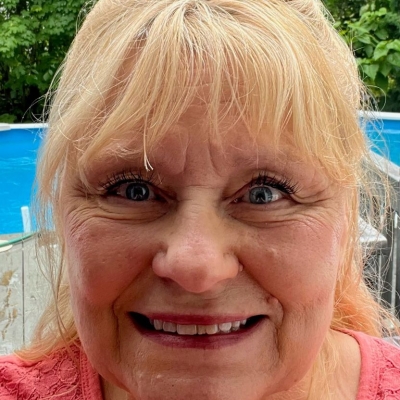New Standards for Mobile Elevating Work Platforms (MEWPs)
Friday, November 13, 2020 Gregory Santo
So, you know that scissor lifts and boom lifts are formally known as aerial work platforms (AWPs) and you’ve trained to those standards.
“Manage change or change will manage you” is an old engineering paradigm that applies here.
The new American National Standards Institute (ANSI) A92.20, issued in December of 2018, with an effective date of December 1, 2019 replaced A92.3, A92.5, and A92.6 standards. The term Aerial Work Platforms (AWPs) were replaced by Mobile Elevating Work Platforms (MEWPs). The new ANSI A92-2018 Mobile Elevating Work Platform (MEWP) standards include design, safe-use, and training standards.
The standards in the A92 family are:
- ANSI/SAIA A92.2 - 2015 Vehicle-Mounted Elevating and Rotating Aerial Devices
- ANSI/SAIA A92.3 - 2006 (R2014) Manually Propelled Elevating Aerial Platforms
- ANSI/SAIA A92.5 - 2006 (R2014) Boom-Supported Elevating Work Platforms
- ANSI/SAIA A92.6 - 2006 (R2014) Self-Propelled Elevating Work Platforms
- ANSI/SAIA A92.7 - 2014 Airline Ground Support Vehicle-Mounted Vertical Lift Devices
- ANSI/SAIA A92.8 - 2006 (R2011) Vehicle-Mounted Bridge Inspection and Maintenance Devices
- ANSI/SAIA A92.9 - 2011 Mast-Climbing Work Platforms
- ANSI/SAIA A92.10 - 2009 (R2014) Transport Platforms
- ANSI/SAIA A92.20-2018 Design, Calculations, Safety Requirements and Test Methods for Mobile Elevating Work Platforms (MEWPs)
- ANSI/SAIA A92.22-2018 Safe Use of Mobile Elevating Work Platforms (MEWPs)
- ANSI/SAIA A92.24-2018 Training Requirements for the Use, Operation, Inspection, Testing and Maintenance of Mobile Elevating Work Platforms (MEWPs)
.png)
.png)
1. Group A consists of MEWPs that move vertically but stay inside the tipping lines.
2. Group B includes all others, such as boom-type MEWPs where the platform extends past the machine’s chassis.
In addition, the equipment is grouped into three types:
1. Type 1 can only be driven in the stowed position.
2. Type 2 can be driven elevated but is controlled from the chassis.
3. Type 3 can be driven elevated but is controlled from the work platform.
The new standards A92.20 (for design), A92.22 (for safe use), and A92.24 (for training) will replace the current standards A92.5 for boom supported platforms and A92.6 for scissor type platforms.
Other changes coming to new equipment:
1. WIND FORCE REQUIREMENTS – For outdoor use, MEWPs may require increased machine weight for more stability and reduced platform capacities, particularly in scissor lifts and vertical masts.
2. TILT SENSING REQUIREMENTS - Machines that could previously only operate on level surfaces will be able for use on sloped surfaces. These machines will be required to have a tilt sensor alarm and cutout. If the incline surpasses the slope limit, the system will disable both the boom and drive functions.
3. ENTRANCE GATES- Flexible devices, such as chains, will no longer be acceptable entrance gates. In addition, toe boards must be on all areas of the platform. Gates and toe boards will replace chains on entrances on electric scissor lifts, vertical masts, and boom lifts.
4. PLATFORM RAILINGS- The railing height requirement will be raised for small indoor scissor lifts. To fit through standard doorways, taller, folding rails will replace fixed, non-folding rails on select models.




.jpg)